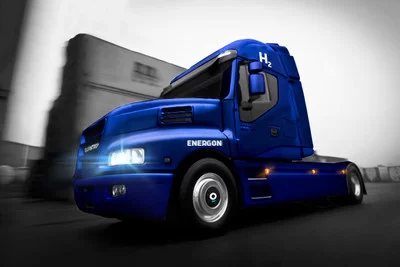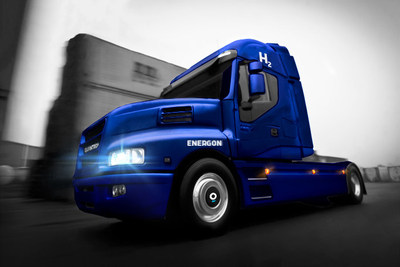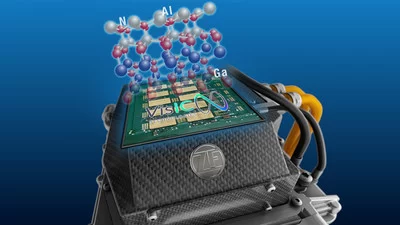STOCKHOLM, Oct. 23, 2020 — Financial Summary – Q3’20 Net Sales and Cash flow were better than expected Net Sales of $371 million declined by 20% including an Organic Sales1 decline of 7% Active Safety Net Sales of $170 million declined by 5% including an Organic Sales…
BGK agrees with IMF report: “Infrastructure investment is a key priority for the CESEE region to accelerate convergence toward the EU15”
WARSAW, Poland, Oct. 17, 2020 — Infrastructure investment is a key priority for Countries in Central, Eastern, and Southern Europe (CESEE) to accelerate the convergence of the living standards toward the level of the more advance European countries, the EU15 – says the IMF report published on 28th Sep 2020. IMF…
Quantron AG Implements Fuel Cell Trucks in Europe
The Energon is the first in Quantron’s upcoming fuel cell product range. Production is scheduled to start in mid-2022.
AUGSBURG, Germany, June 17, 2020 /PRNewswire/ —
Quantron AG active in the field of hydrogen since its foundation
Quantron AG has been working on hydrogen propulsion for commercial vehicles since its foundation and now, with the new Energon, offers a 44-tonne truck with fuel cell for freight transport that can be fully integrated into logistics processes. It has a range of about 700 km. The 130 kW fuel cell used, supported by a 110 kWh LFP battery, powers the 340 kW engine, which is equipped with a 2-speed transmission.
Quantron AG is working hard on other vehicles in order to be able to offer a wide range of fuel cell solutions for companies and local authorities in the near future.
Advantages of the fuel cell
A hydrogen vehicle is an electric vehicle that obtains its energy from a chemical reaction of hydrogen and oxygen in the so-called fuel cell. The electricity generated in this process is either consumed directly in the engine or buffered in the on-board battery. Due to the high system efficiency of the fuel cell, hydrogen trucks have identical performance characteristics to normal diesel trucks. But there is one decisive advantage: the local freedom from emissions of CO2, nitrogen oxides and particulate matter. This is because the electrochemical reaction in the fuel cell produces only water vapor, which is then released into the environment when the truck is driven. Added to this are the general advantages of an e-vehicle. Because hydrogen trucks also enjoy tax and toll exemptions as well as lower maintenance and operating costs than trucks with conventional diesel engines.
Pre-orders with a price advantage of 10,000 € are possible at www.quantron.net.
Photo – https://techent.tv/wp-content/uploads/2020/06/quantron-ag-implements-fuel-cell-trucks-in-europe.jpg
Contact:
Serhat Yilmaz
[email protected]
+49-(0)821-24-99-790
Related Links :
https://www.quantron.net
VisIC Partners With ZF for Next Generation EV Inverters
– Joint R&D effort to develop an EV inverter based on gallium nitride (GaN) semiconductor technology – VisIC’s D3GaN technology, with lowest losses per Rdson combined with ZF’s highly efficient EV driveline systems extend the range of electric cars and…
COVID-19 Pandemic Impact: Freight Activity Falls After Historic Rise with Disruption Ahead – Double Digit Impact Expected in Q2
ABI Research whitepaper identifies the short-and long-term impacts the global pandemic will have on Freight Transportation and Logistics OYSTER BAY, New York, April 21, 2020 /PRNewswire/ — It is no surprise that the COVID-19 outbreak has led to panic buying of…






